The story of Ghia – part 1
The beginning In tracing the genealogy of coachbuilding firms, it turns out that they originated in the early years of the last century as…
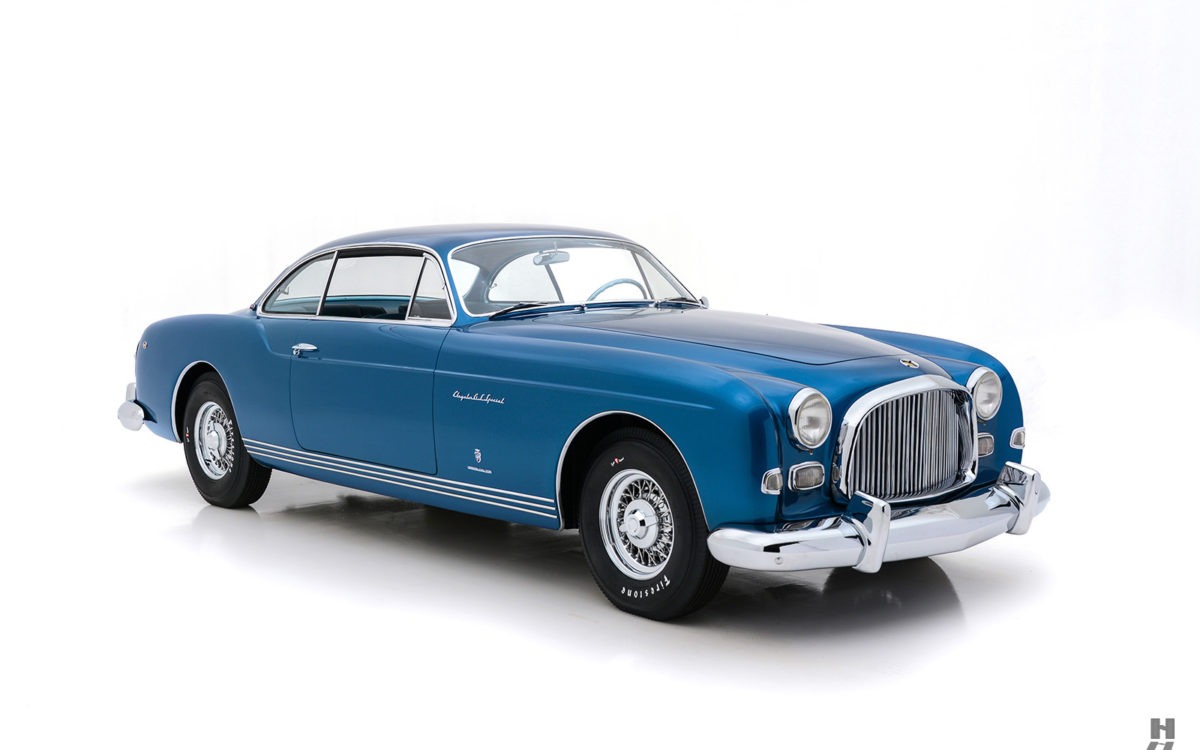
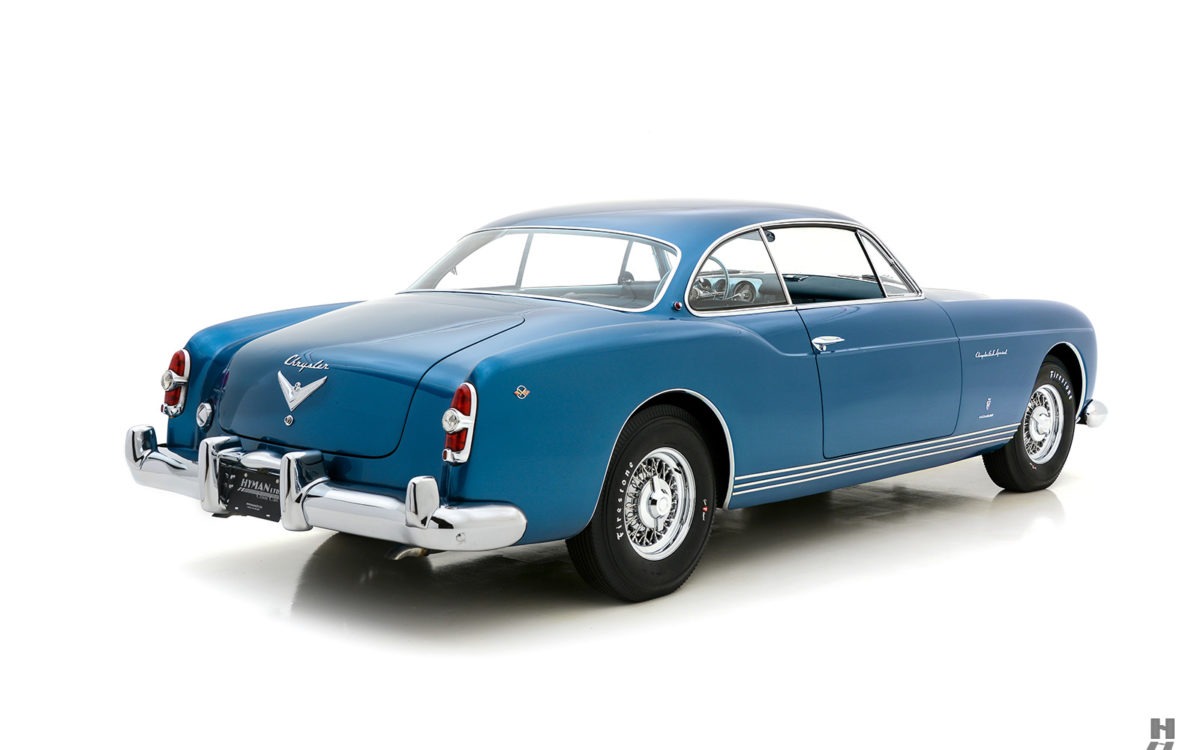
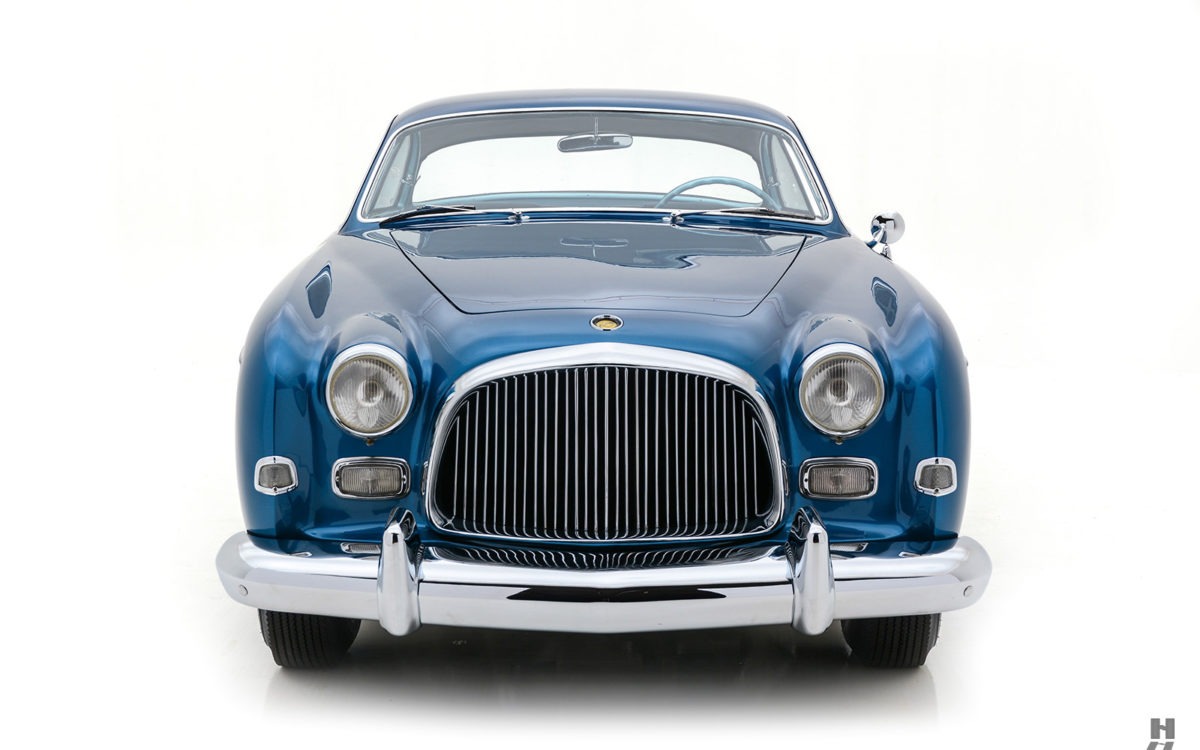
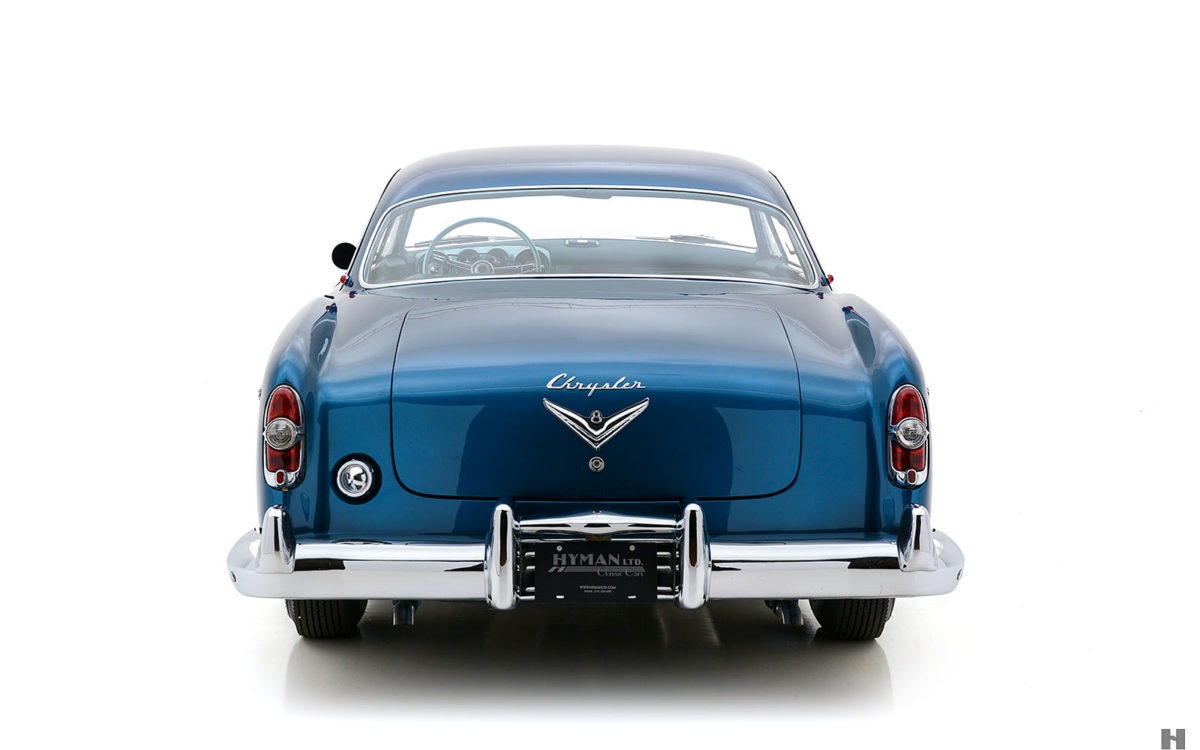
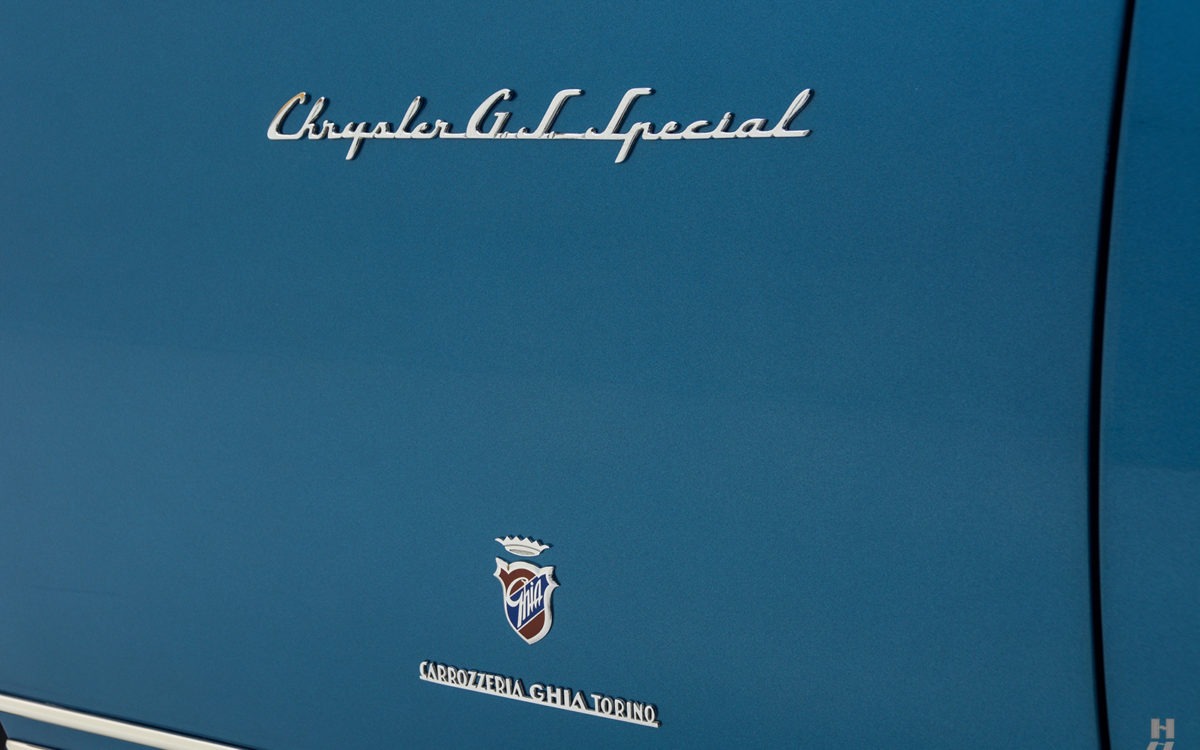
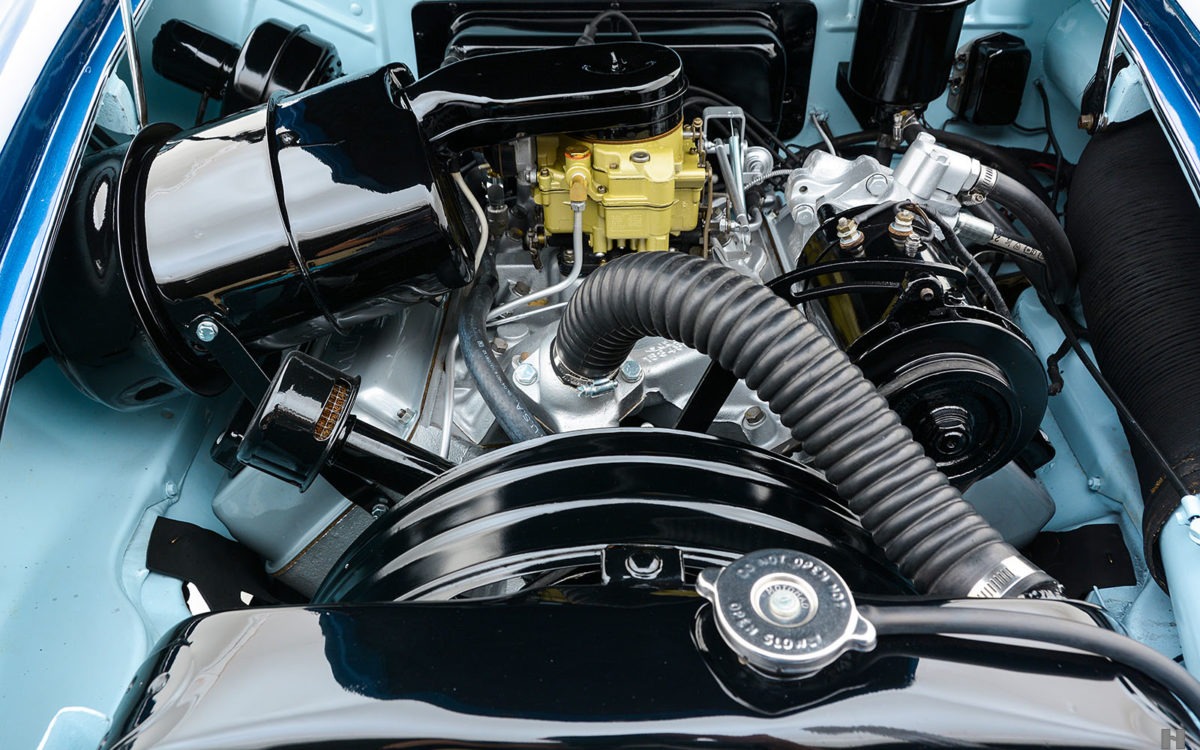
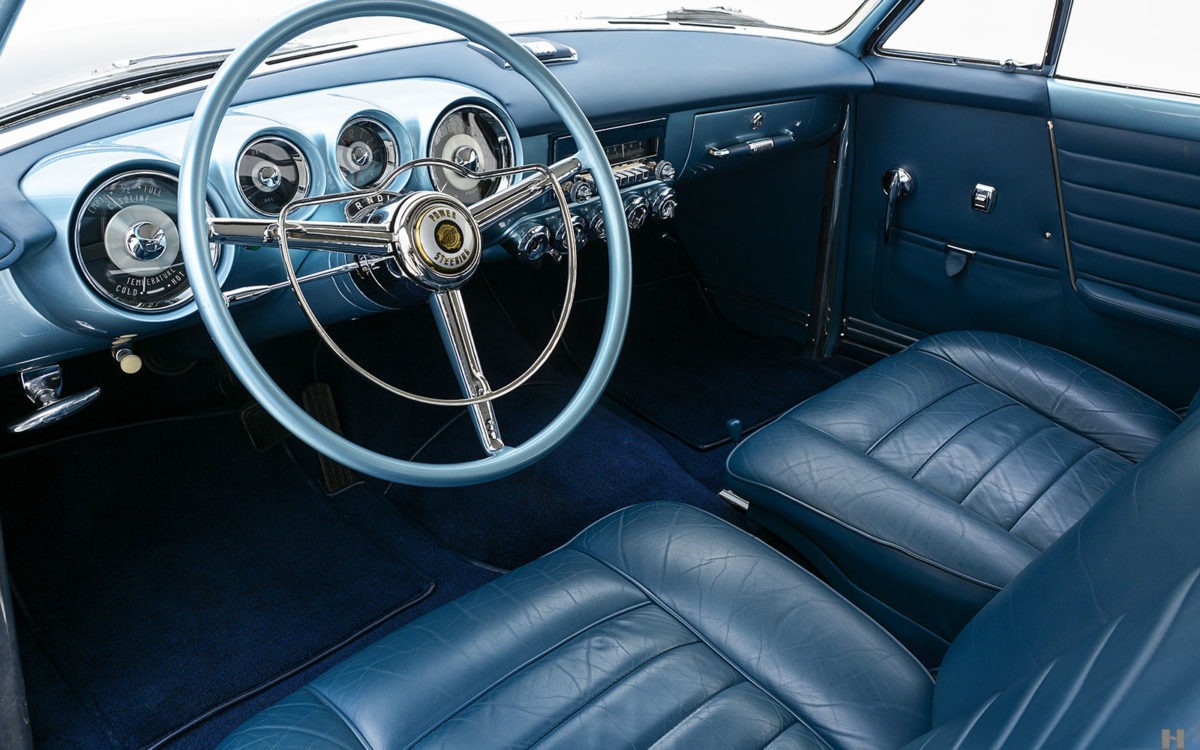
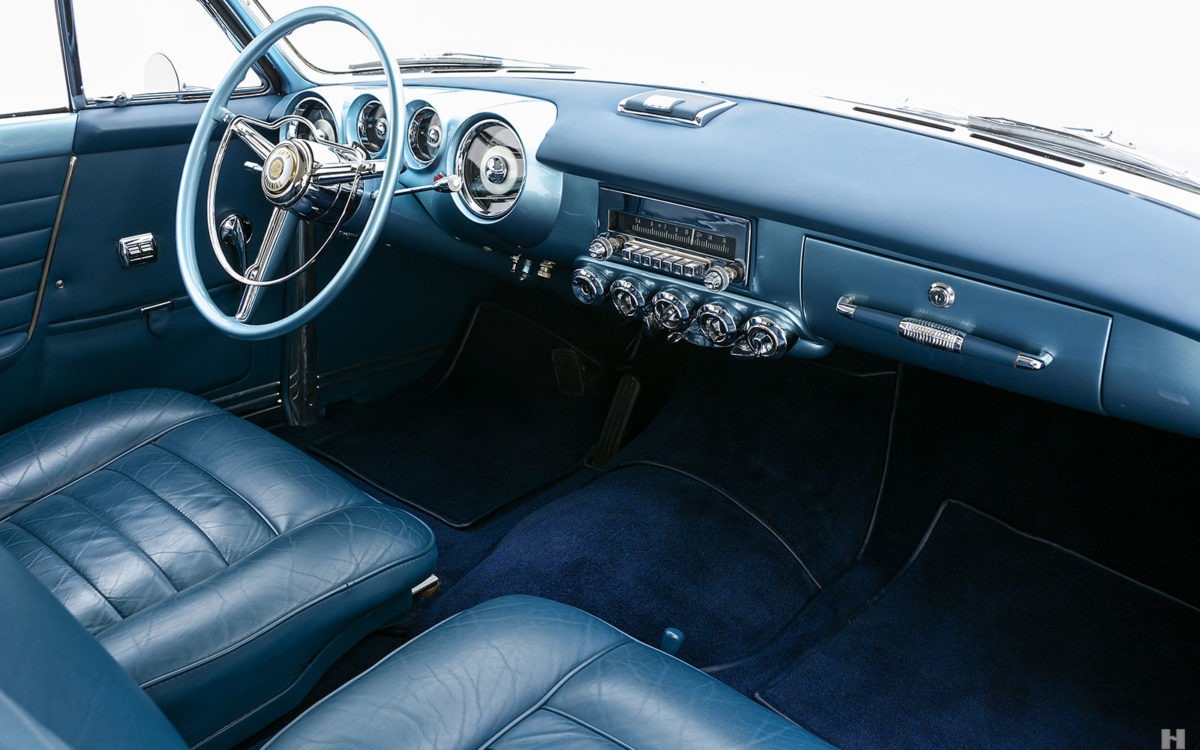
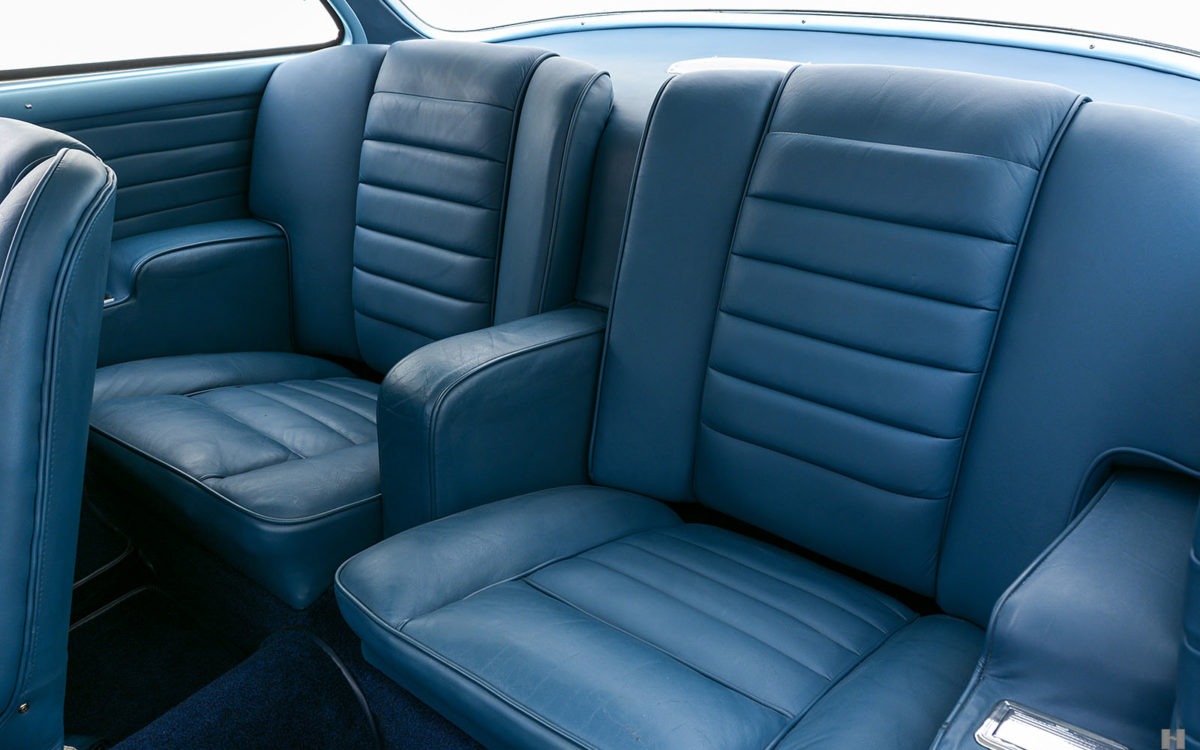
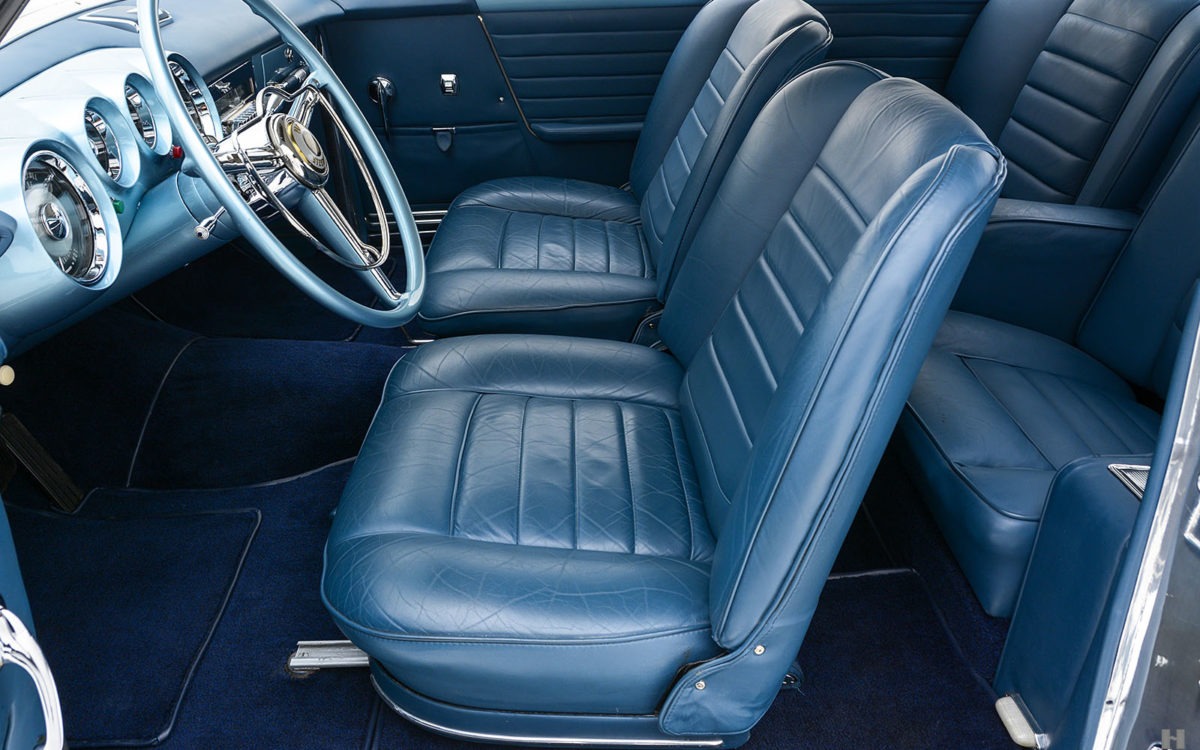
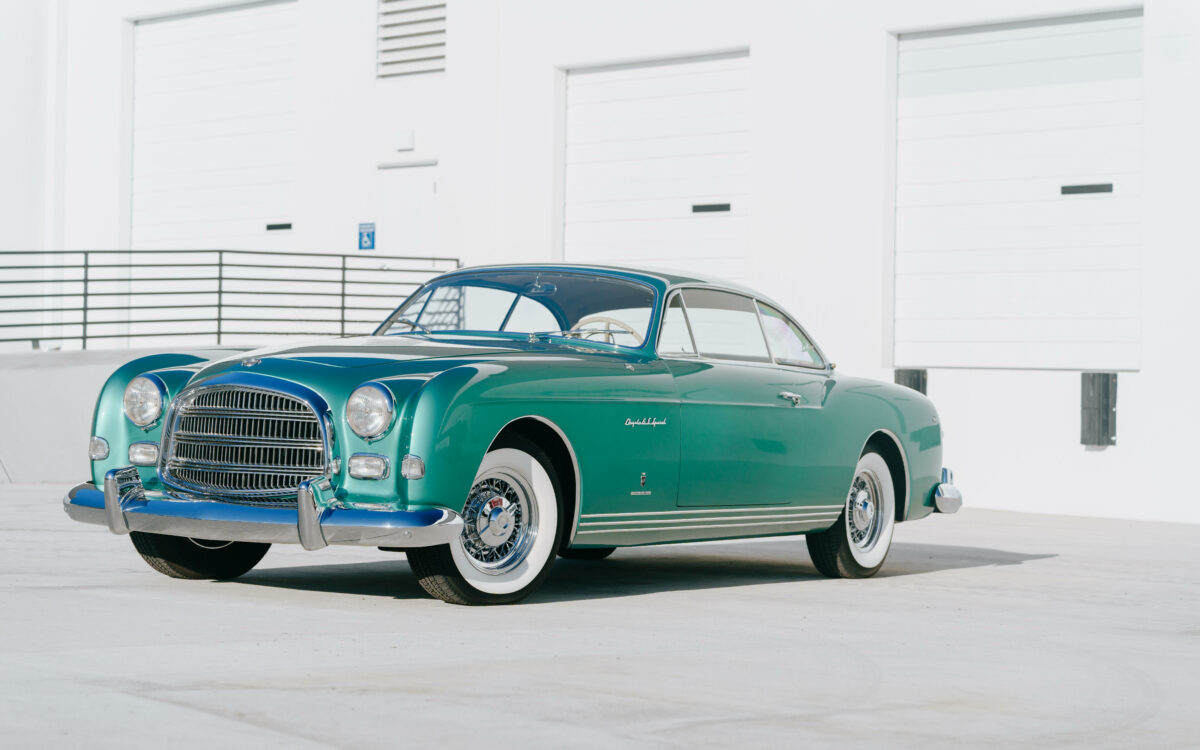
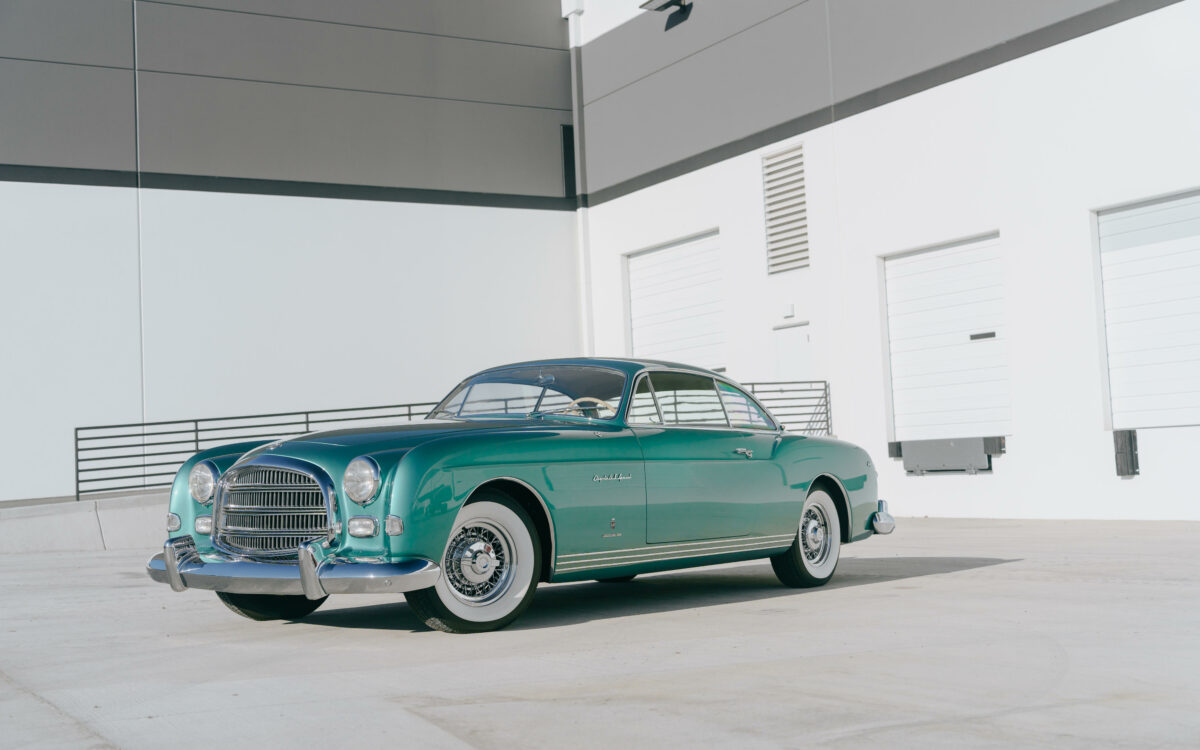
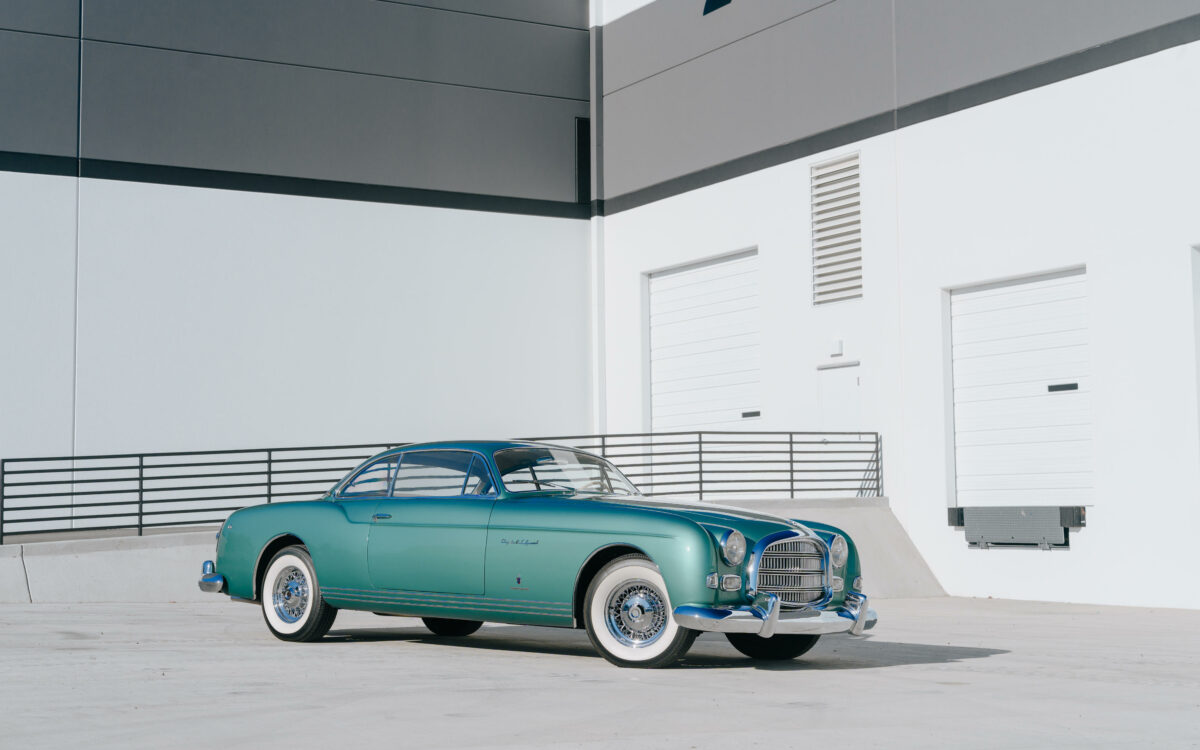
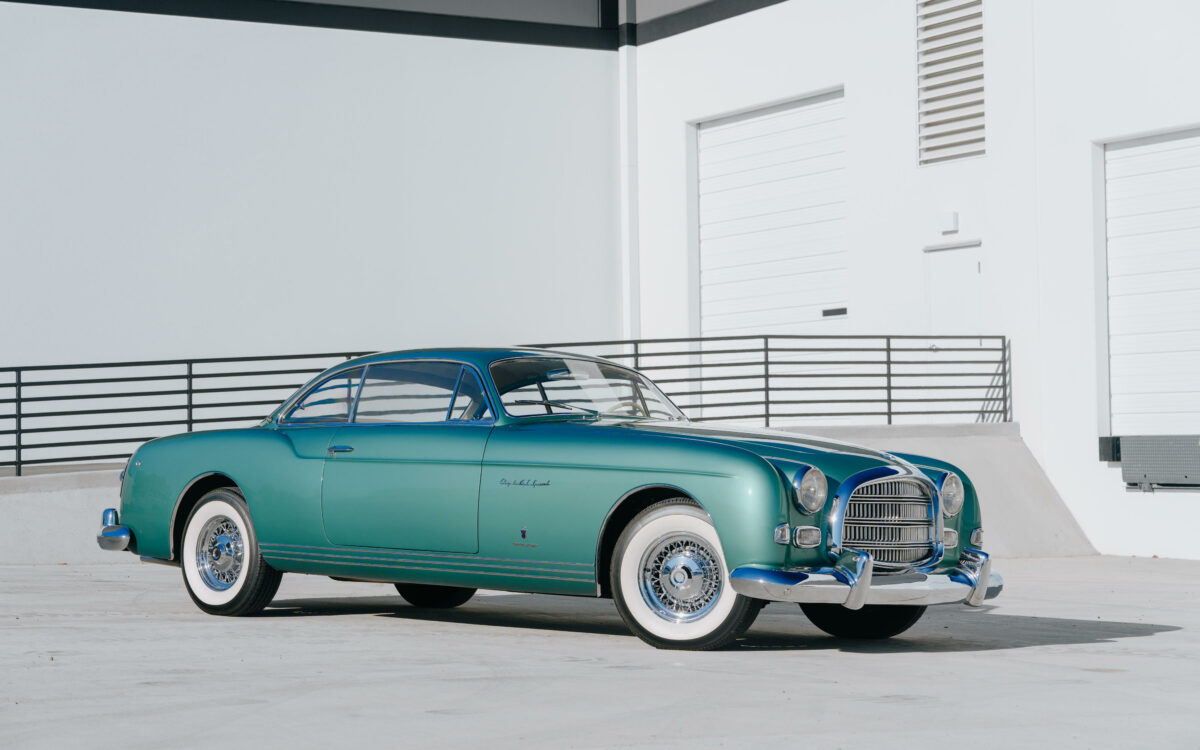
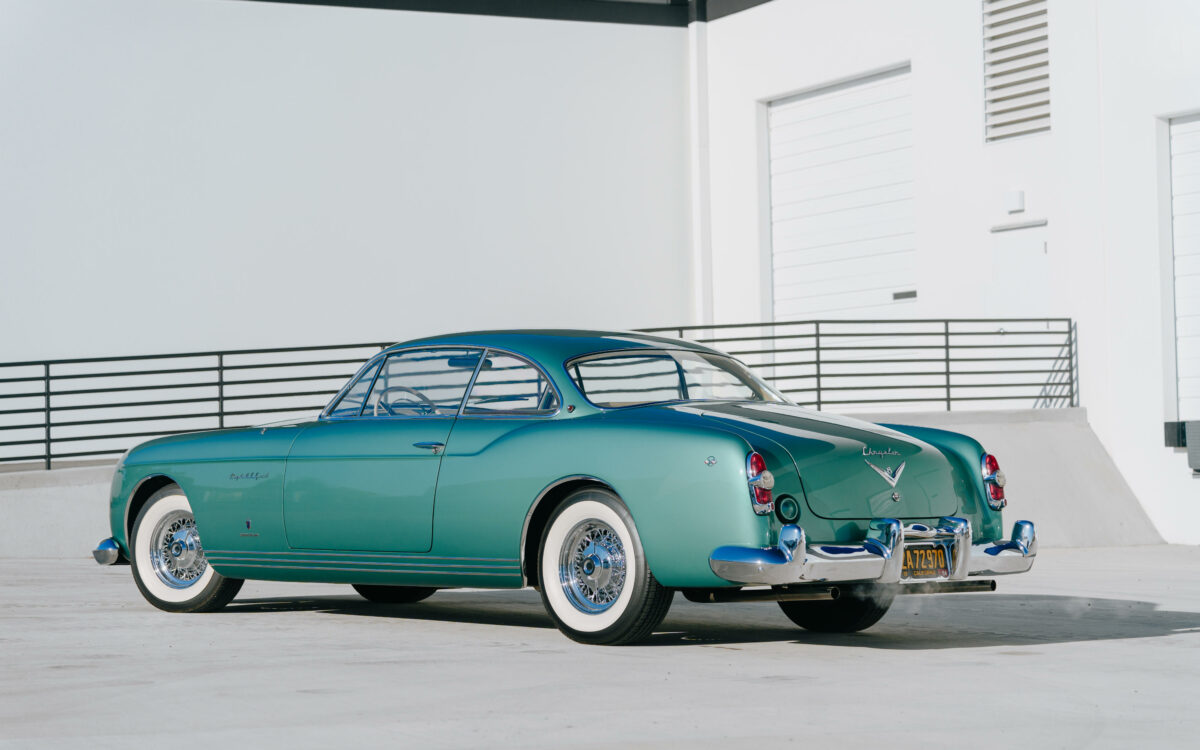
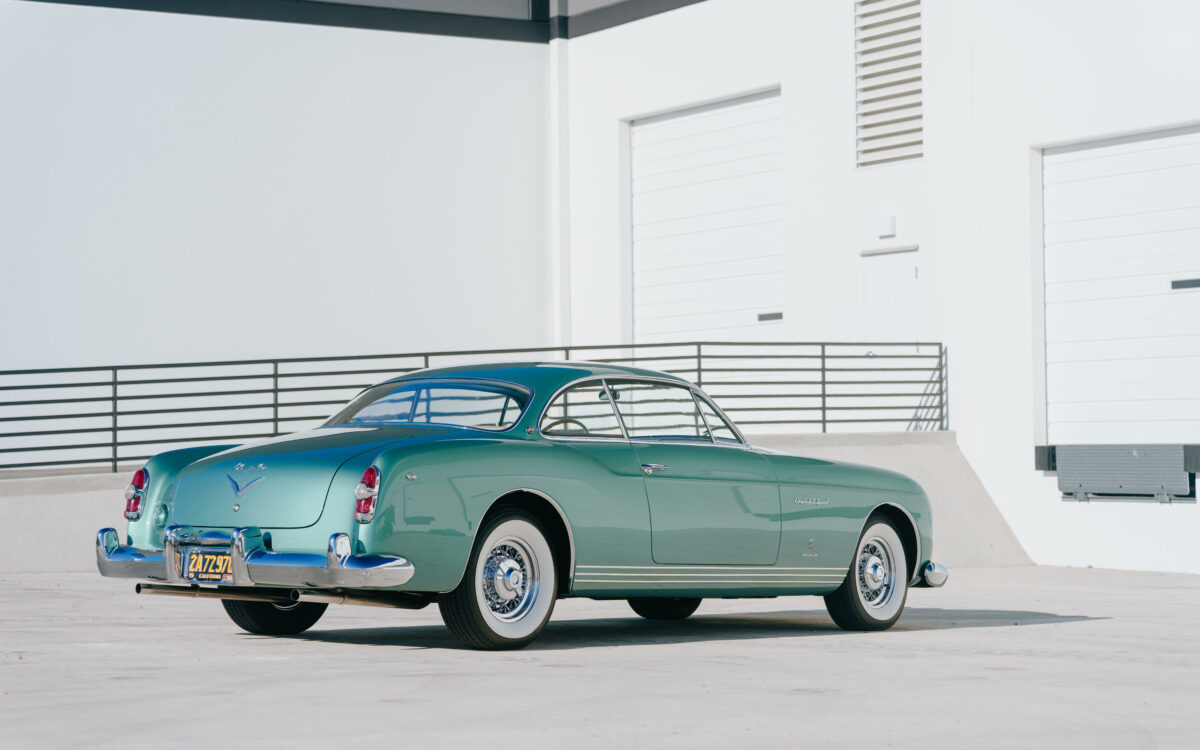
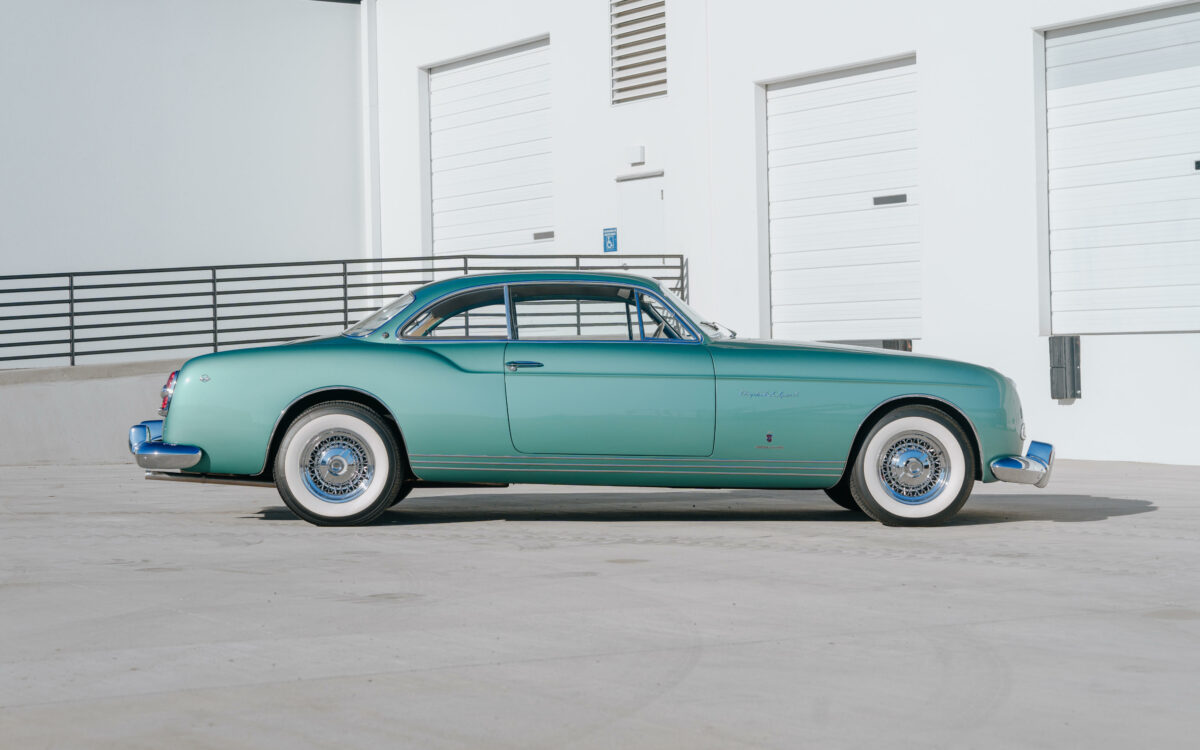
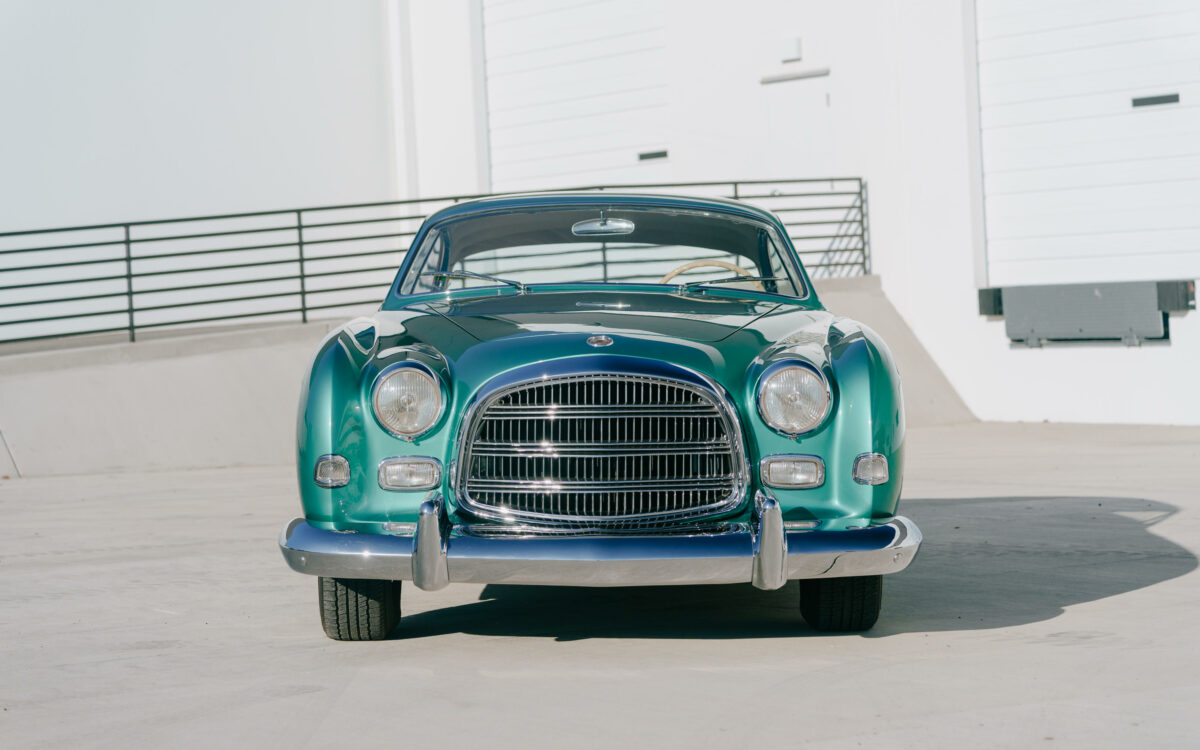
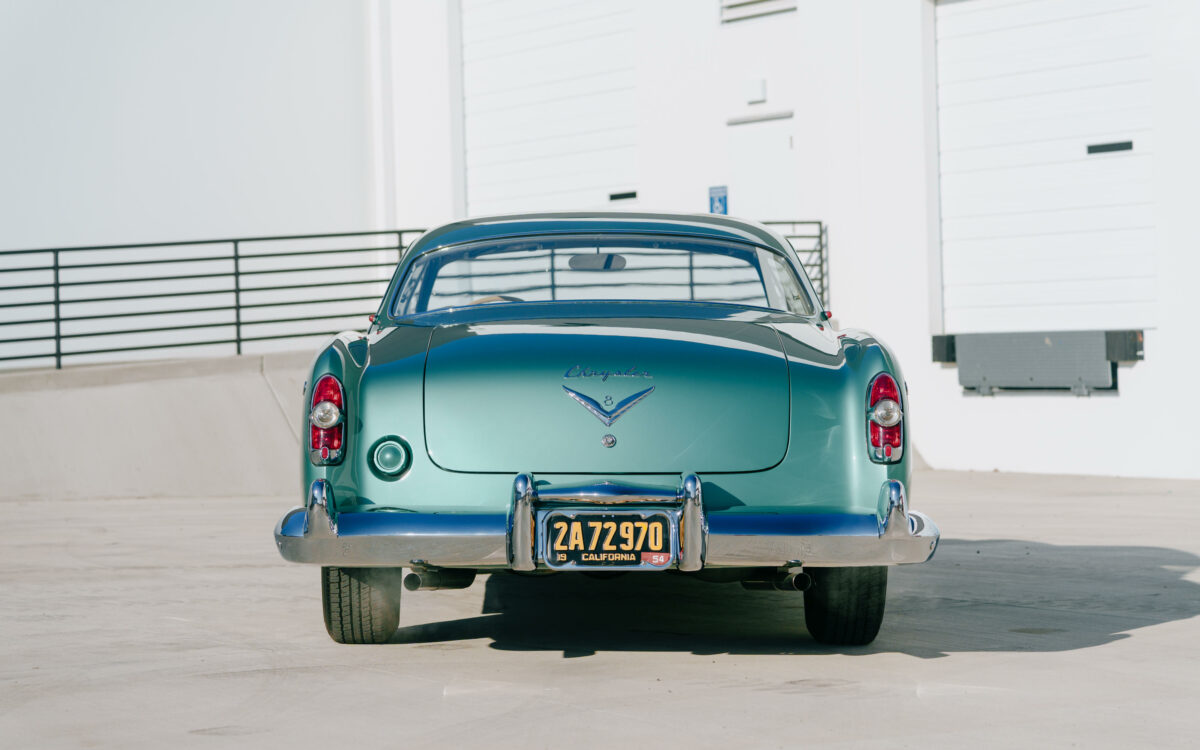
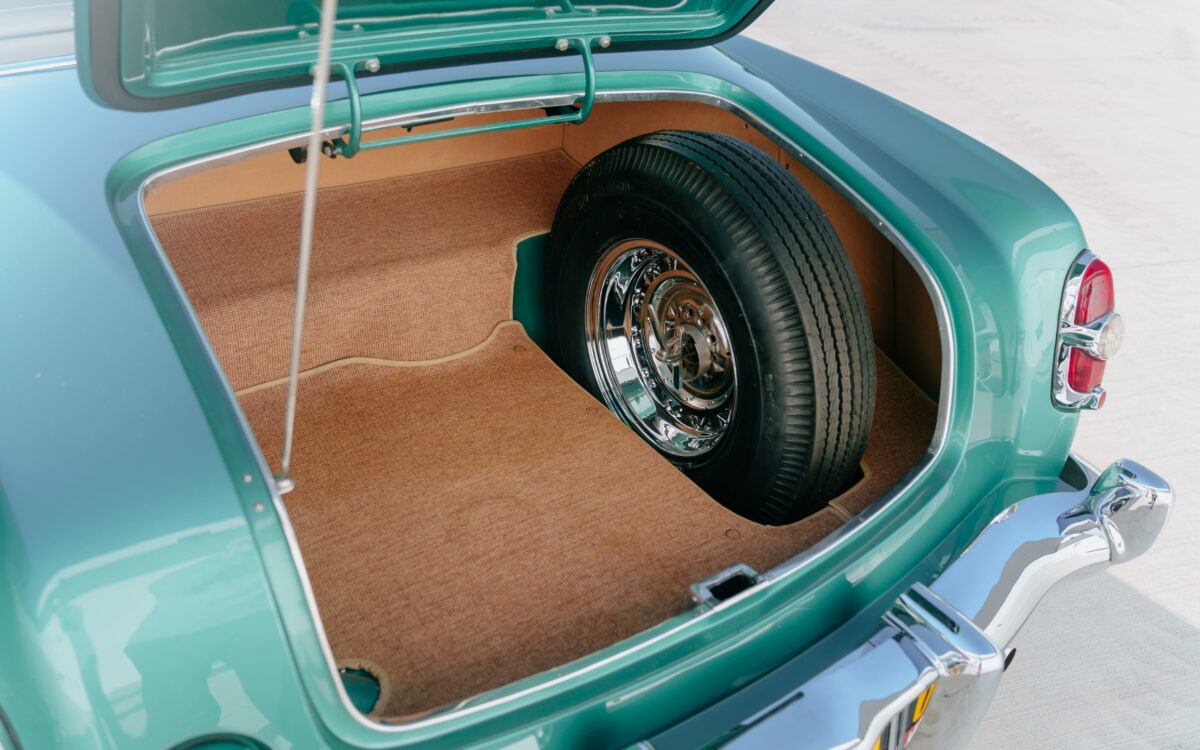
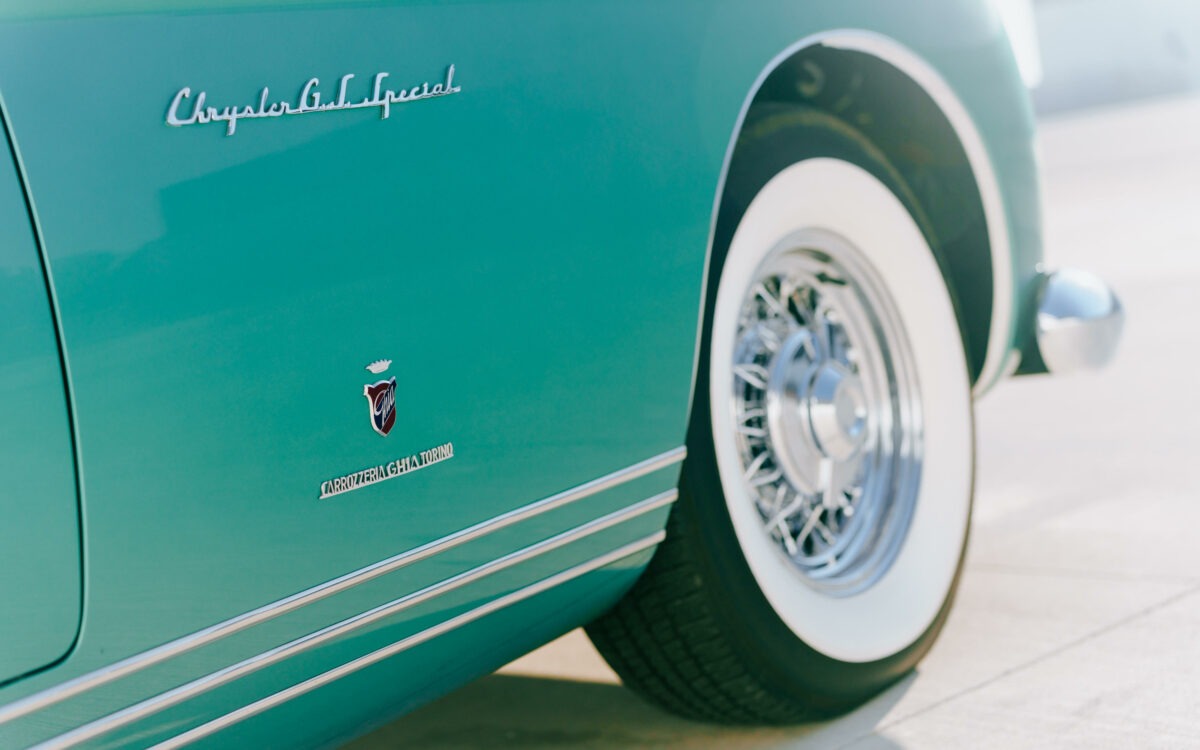
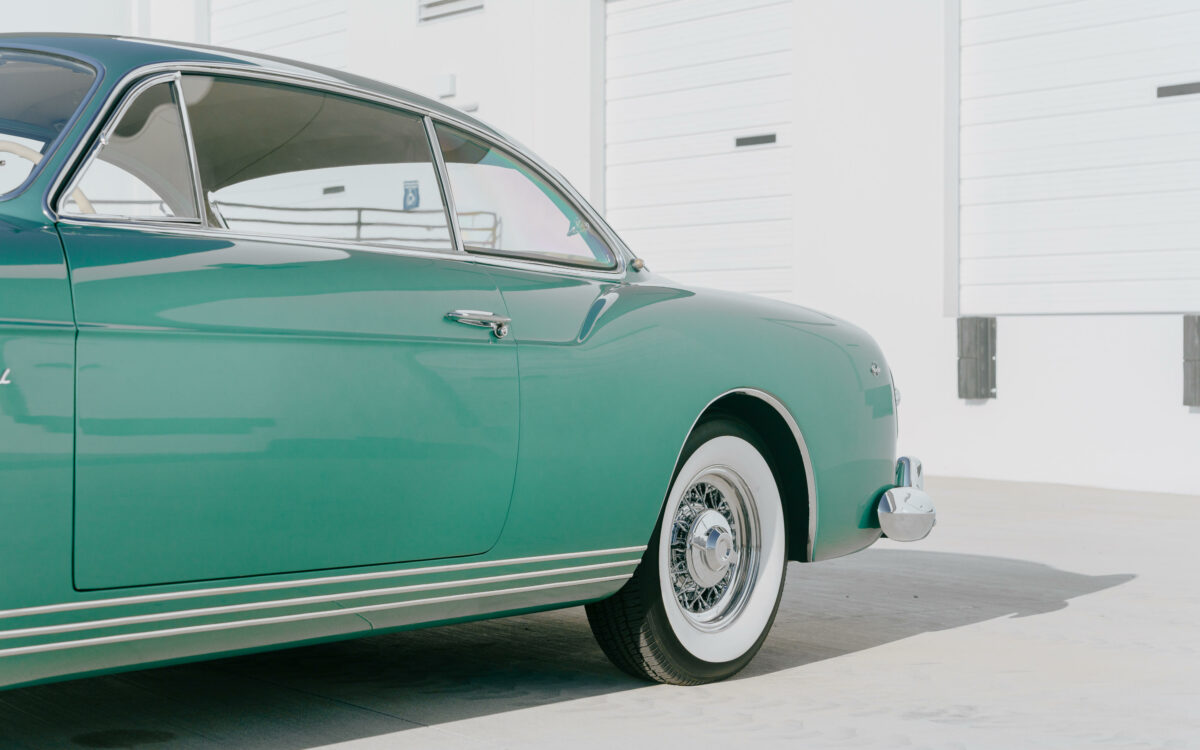
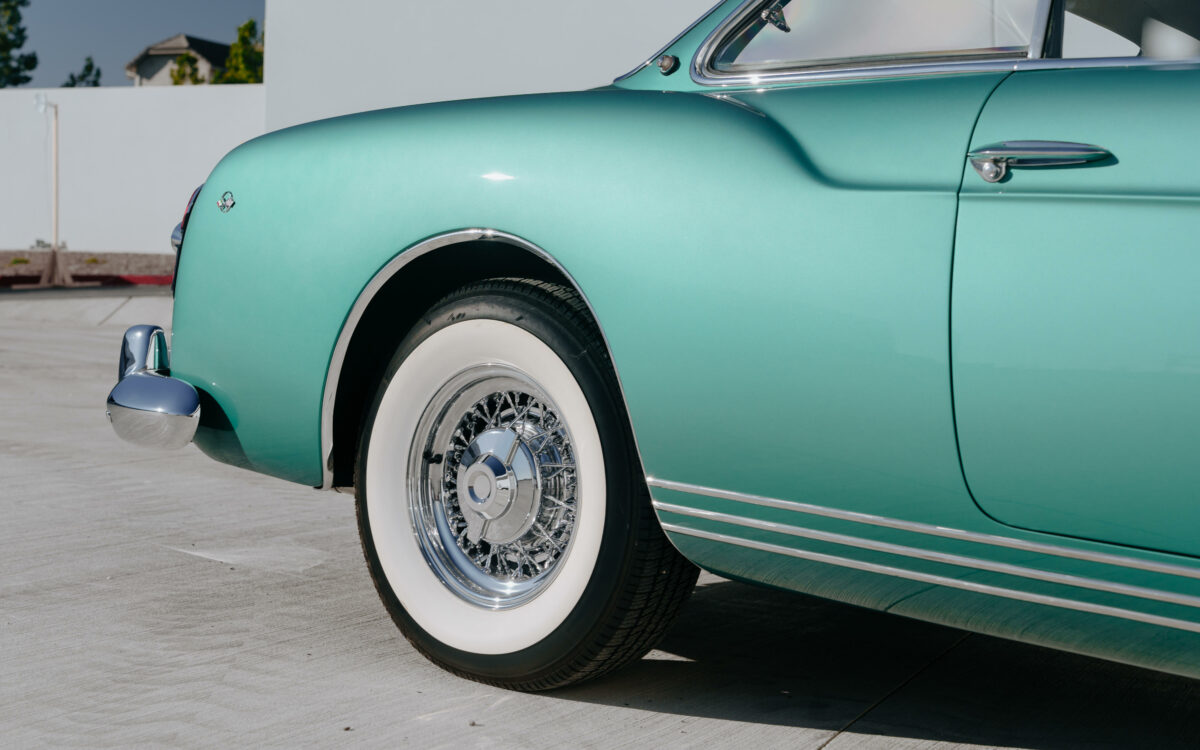
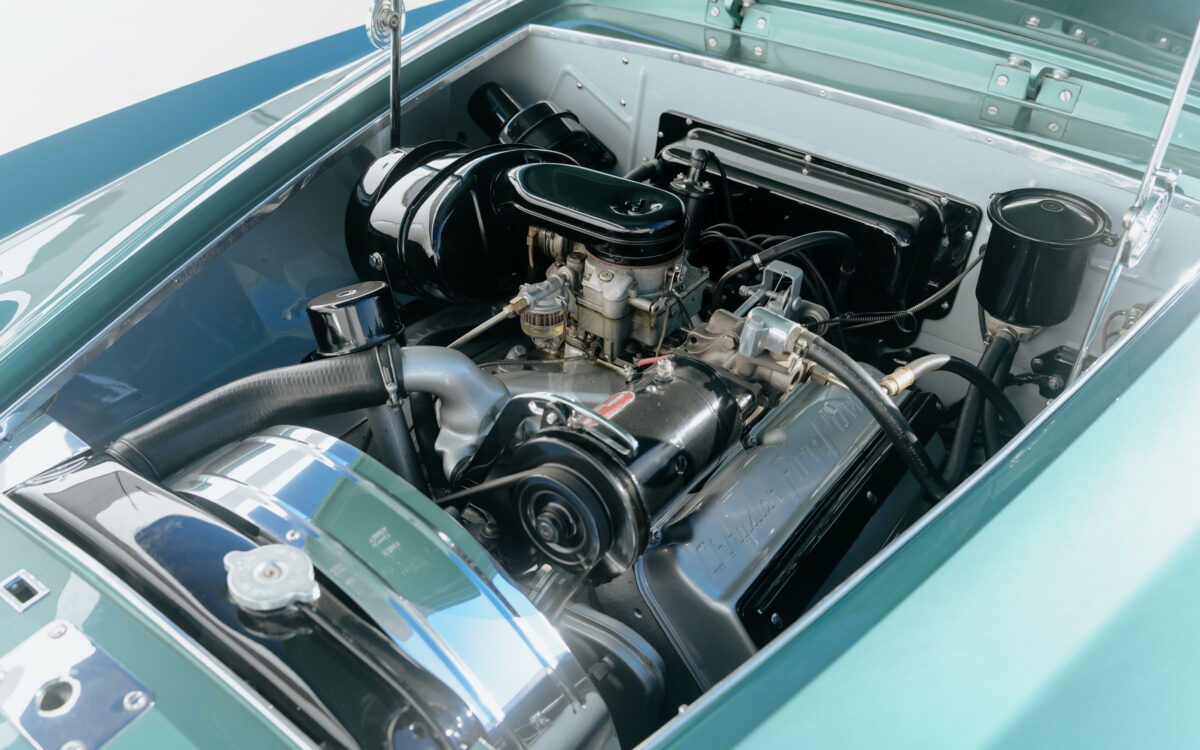
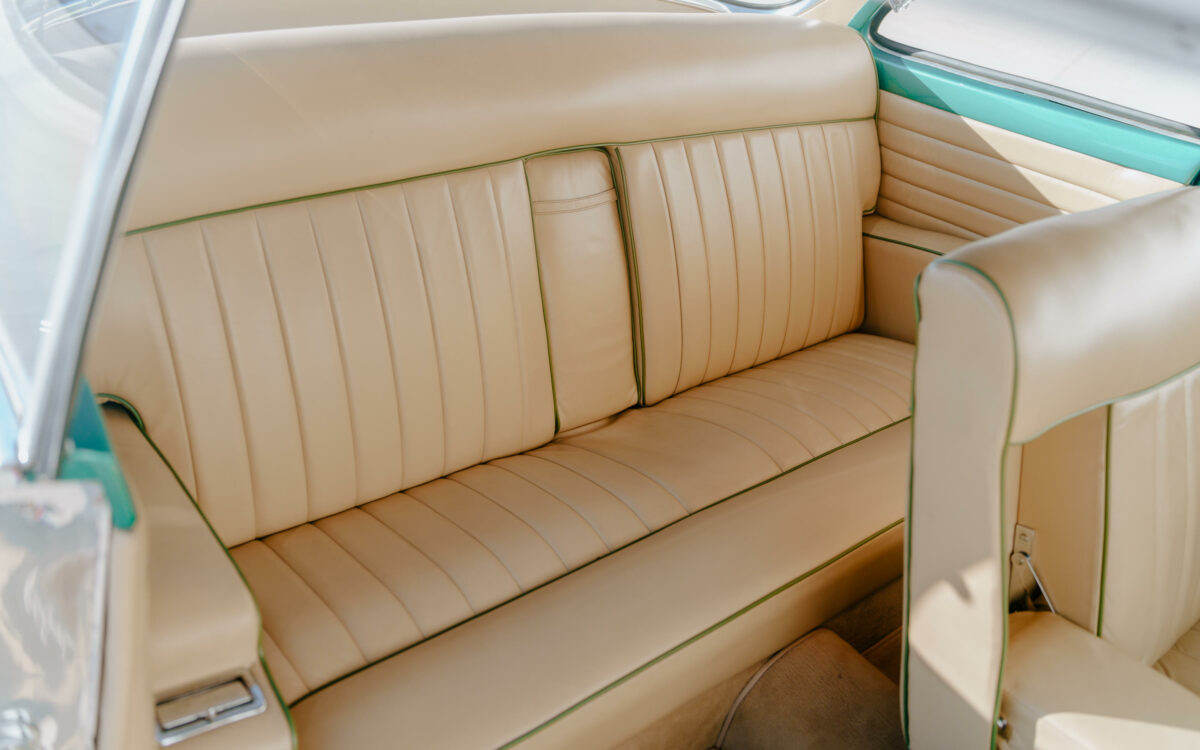
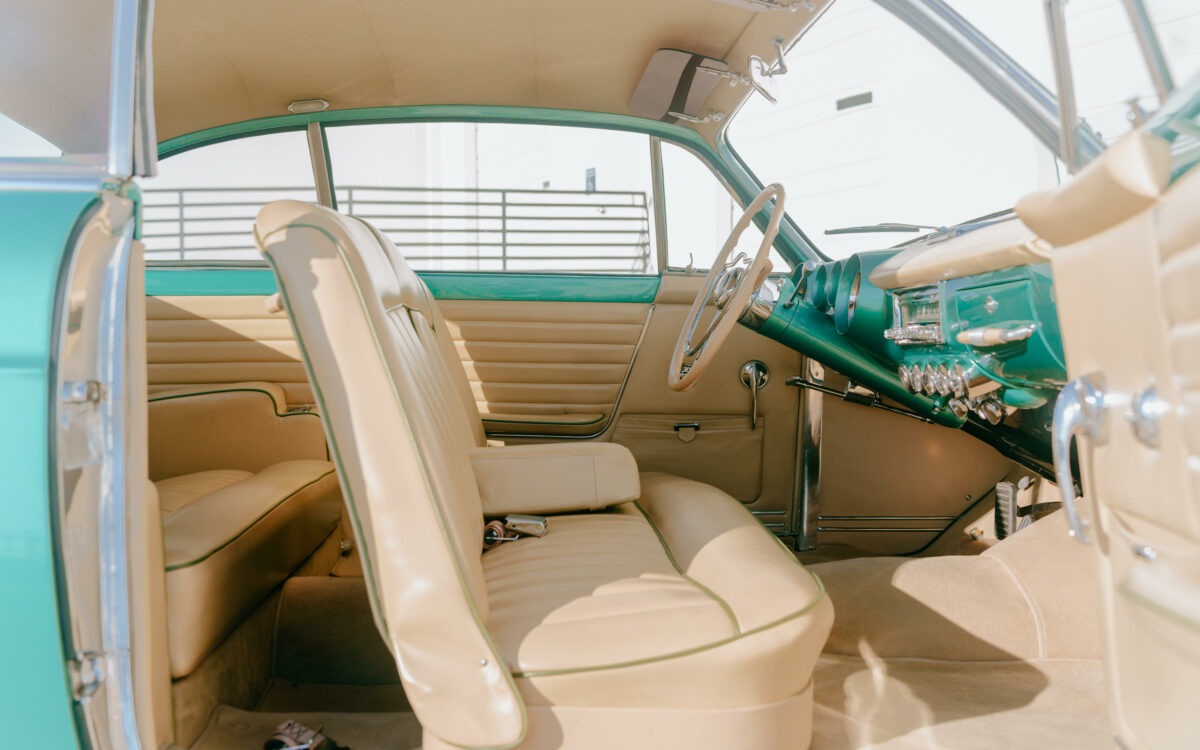
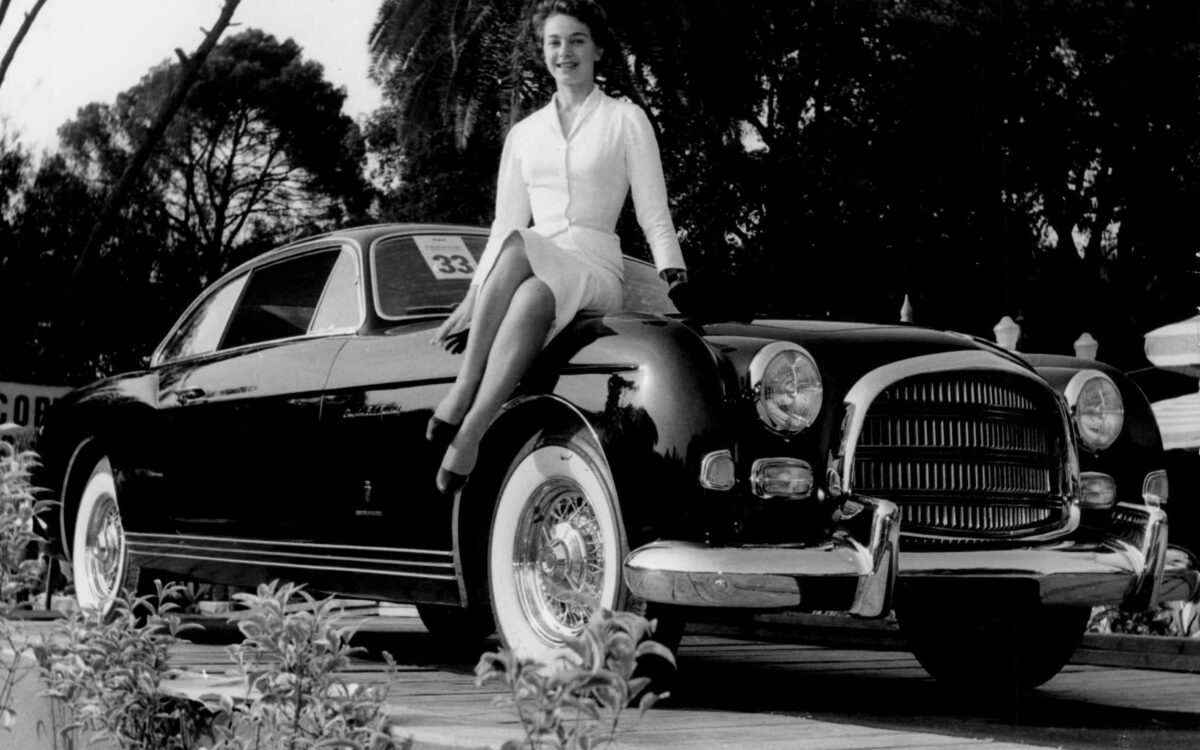
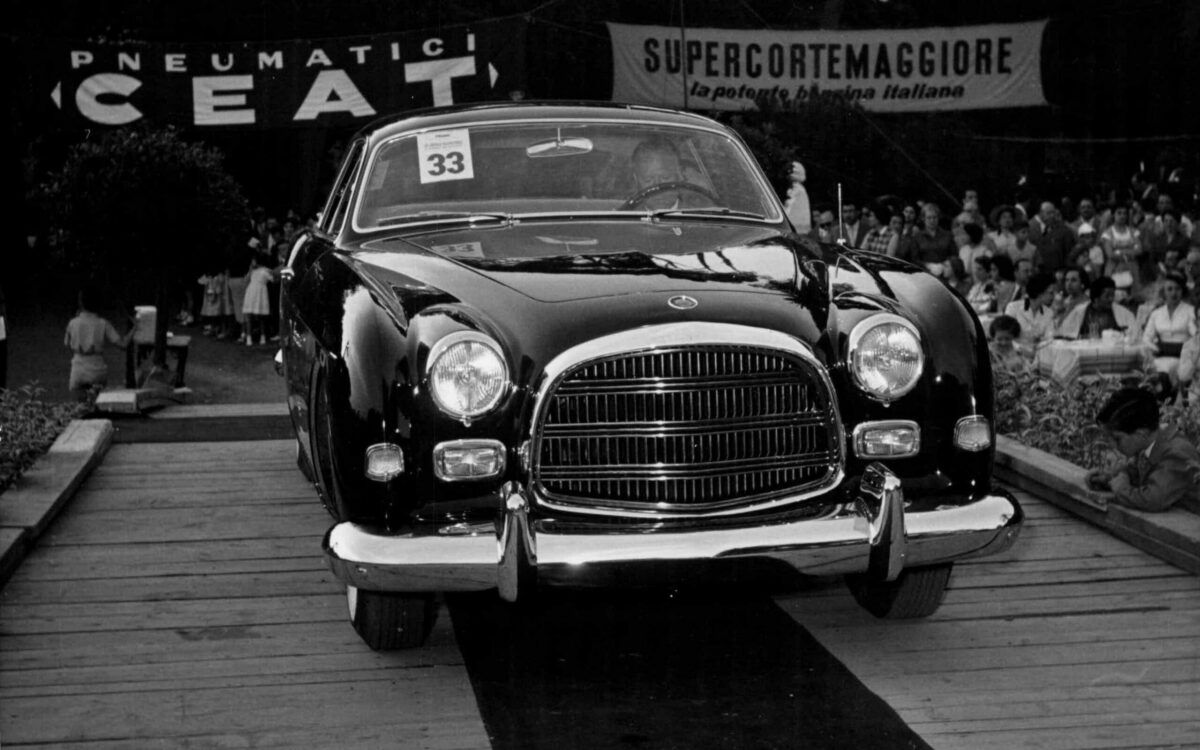
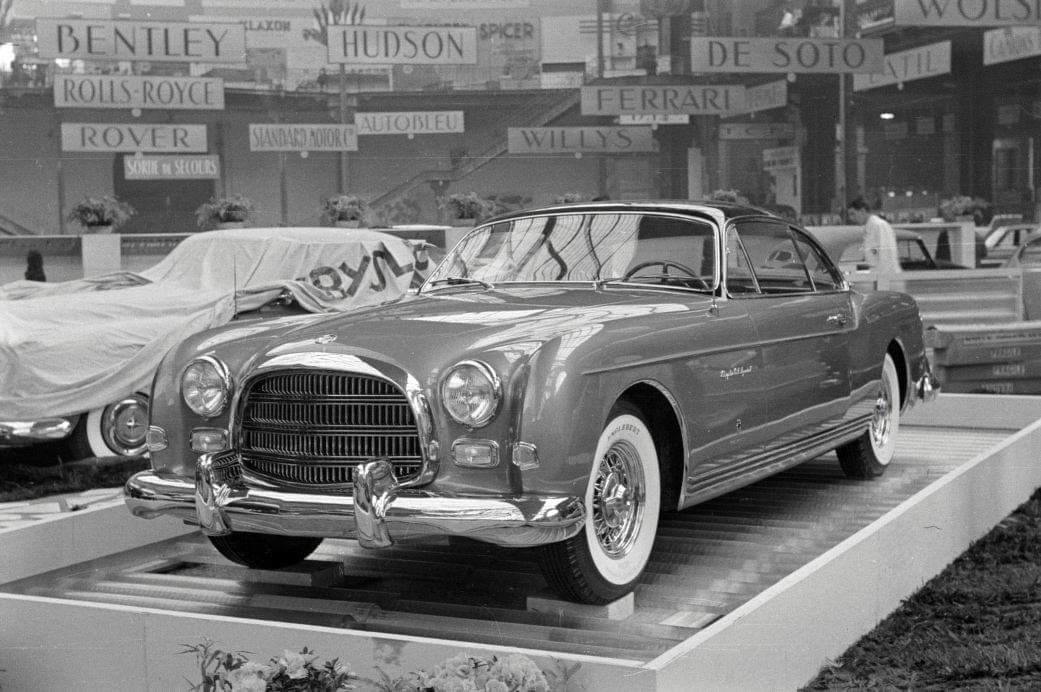
































The Chrysler GS Special by Ghia Torino.
The Chrysler GS Special Ghia: At Chrysler, styling fell under the realm of the engineering department, who worked under the mandate that a gentleman should not have to remove his hat when climbing aboard a Chrysler product. This old-fashioned attitude led to a series of upright, stodgy designs at a time when cars were becoming increasingly sleek and stylish. In the 1950s, Chrysler boss K.T. Keller grew eager to shake the conservative image once and for all, and company executives pulled out all the stops to show the American public that Chrysler was getting serious about style. Keller deserves due credit for hiring Virgil Exner, an ex-GM and Studebaker designer whose recent falling out with Raymond Loewy presented Chrysler with a perfect opportunity to revitalize their image. Keller set Exner loose on a series of so-called “Idea Cars” intended to inject some life into the Chrysler design department and putting style back in the hands of the artists. While Exner and Keller rebuilt Chrysler’s image, they established a relationship with Luigi Segre, the ambitious Sales Director of Carrozzeria Ghia in Italy. Segre, along with his boss Mario Boano, initially met with the Chrysler men to discuss Ghia’s coachbuilding services. Segre and Exner hit it off, leading to a long and productive relationship between these two unlikely allies. Virgil Exner and Luigi Segre collaborated on designs, and the latter’s skilled Italian craftsmen provided affordable labor for hand-building the prototypes, show cars, and exclusive models that followed. Cars like the Chrysler d’Elegance, DeSoto Adventurer, and Dodge Firearrow are considered some of the most beautiful and influential American dream cars of the era. In 1952 they revealed the Chrysler Special, a stunning one-off built for export division boss C.B. Thomas. Later known as the Chrysler Thomas Special, this car served as the inspiration for a limited run of highly exclusive and stylish luxury coupes, known as “Ghia Specials.” Chrysler supplied Hemi-powered New Yorker chassis to Ghia, who hand-built the coachwork to Exner’s design, and completed cars were sold exclusively through the official French Chrysler distributor, Société French Motors. Exner envisioned a run of 400 vehicles, but more pressing domestic market issues meant Chrysler’s official interest gradually waned, and the $10,000 price tag didn’t help. Production was closer to just fifty cars in total, with three versions ultimately offered – the 1953 Ghia Special, the 1954 GS-1, and the 1955 ST – each rarer than the last. When Chrysler officially bowed out, France-Motors took over production of the final dozen or so cars. While the Chrysler GS Special series was a commercial failure, it succeeded in revitalizing Chrysler’s image and giving Exner and his team the confidence to create a line of beautiful production cars in the coming years.
Photo courtesy of Hyman Ltd.

The beginning In tracing the genealogy of coachbuilding firms, it turns out that they originated in the early years of the last century as…
Missing or wrong informations?
Carrozzieri-Italiani.com relies on thousend of users who help to populate the database. We do not guarantee the accuracy of the informations. Contact us if you want to contribute.
